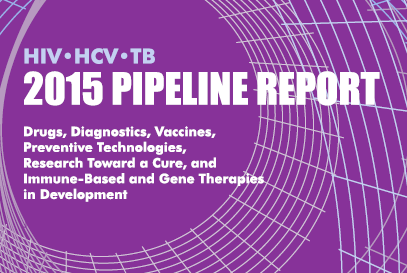
With just $255 million spent on TB research and development each year, funding is currently just one-third of the annual target set by the Global Plan to Stop TB 2011-2015.
The global tuberculosis response and TB research and development remain weak and inadequate despite approval of the first new TB drugs in decades and a new global strategy to reduce TB incidence and mortality, according to Treatment Action Groups’ latest report.
With just $255 million spent on TB research and development each year, funding is currently just one-third of the annual target set by the Global Plan to Stop TB 2011-2015, the report says, forcing TB treatment researchers to do more with less.
“TB treatment researchers are making the most of what they have, cobbling together combinations and treatment strategies to better use existing medicine combinations and the few new and experimental drugs available,” the report says.
There are studies underway testing new drugs in smarter combinations for shorter drug-susceptible TB regimens and multidrug-resistant TB regimens, “but for the most part, these research efforts won’t bear fruit for years,” the report says. “Drug sponsors are slow or unwilling to collaborate, pharmaceutical investment is minimal, and TB treatment trials remain lengthy.”
Meanwhile, nearly half a million people develop multidrug-resistant TB every year but only one in three are diagnosed and one in five receives treatment, the report notes. While bedaquiline was approved nearly three years ago, fewer than 1,000 people have received it outside of a clinical trial, and fewer than 200 patients have received delaminid one year after approval, the report says.
TAG’s pipeline report also provides an update on the antiretroviral pipeline, calling it “surprisingly encouraging.”
To learn more about the gaps in TB research and development, click here to read the latest briefing paper from the IDSA Center for Global Health Policy, which produces this blog.
Source: Science Speaks